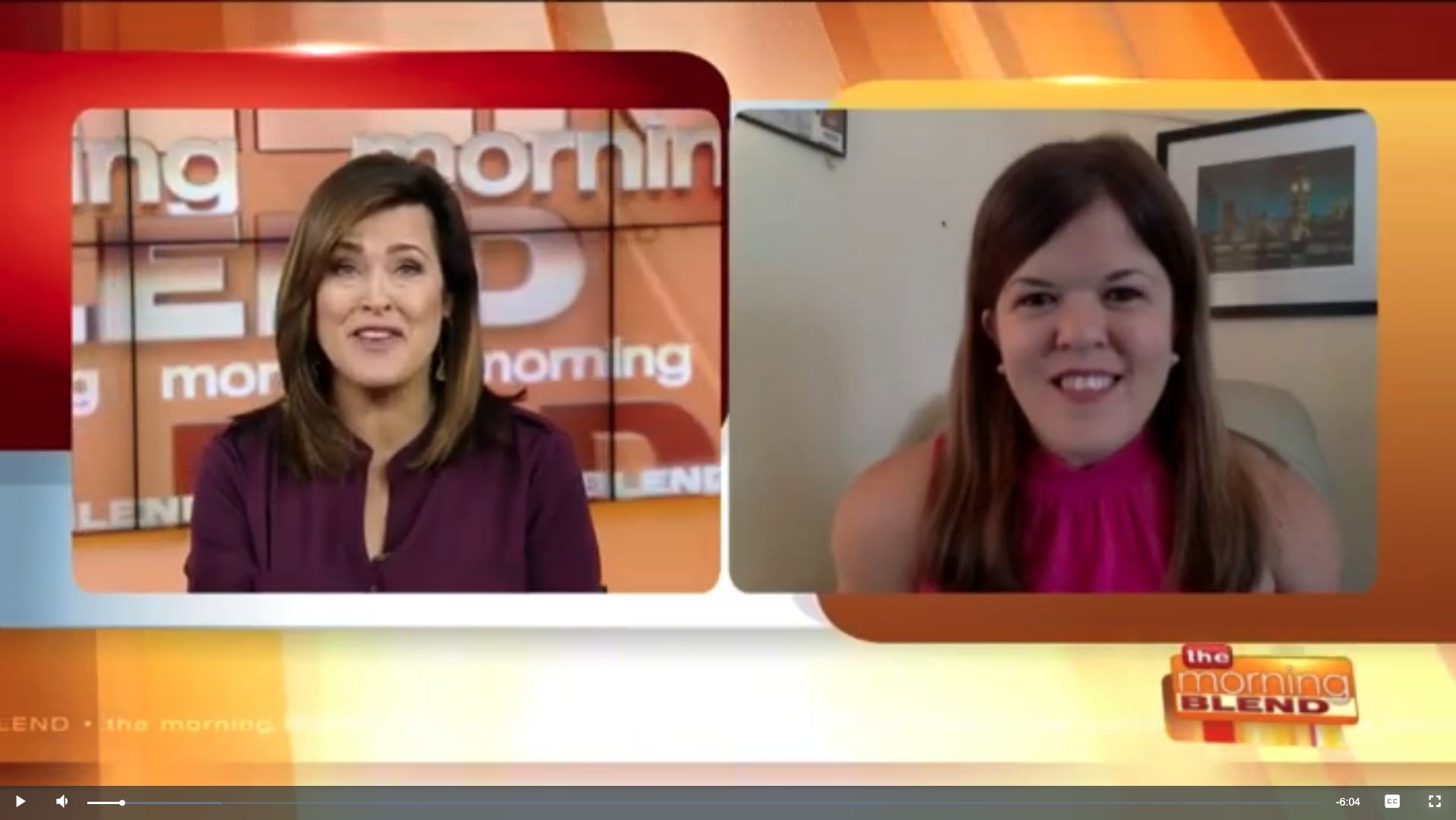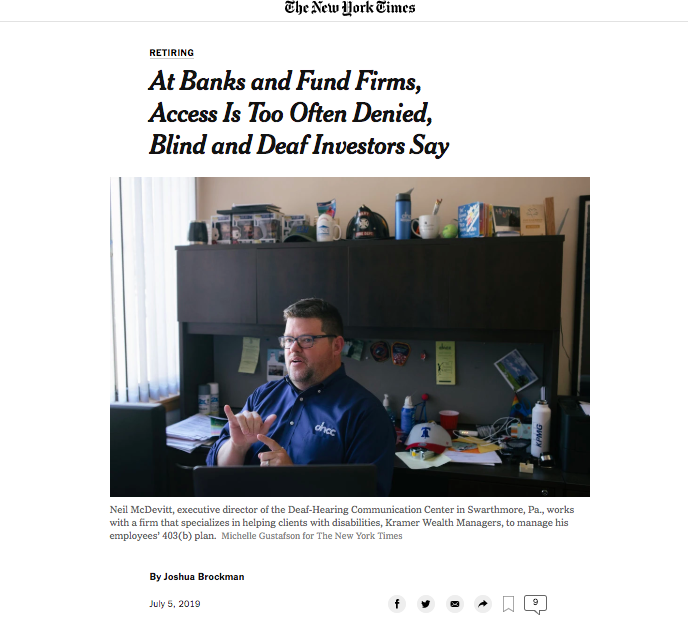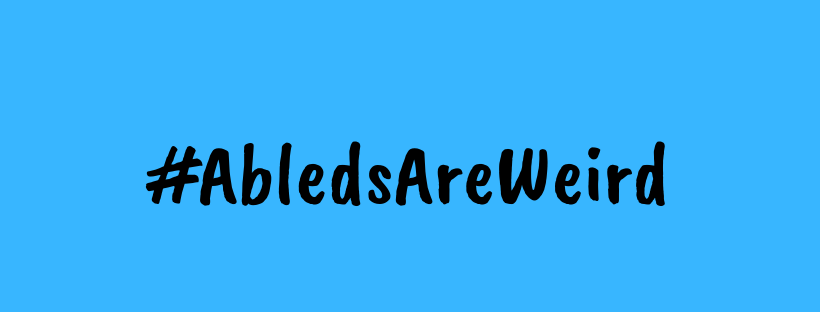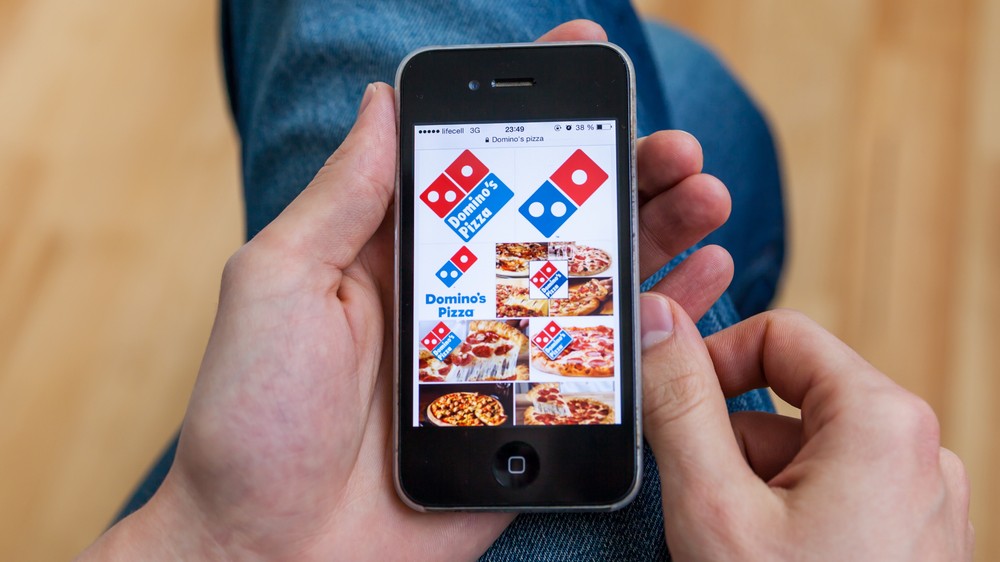Through her TikTok account, Marcela Marañon–who advocates for global wheelchair access–provides motivational content for others living with disabilities. Read more here.
Through her TikTok account, Marcela Marañon–who advocates for global wheelchair access–provides motivational content for others living with disabilities. Read more here.
The digital divide, the division between individuals who have access to computers and high-speed internet and those who do not, is still blocking millions of Americans from working and learning at home, a year after COVID-19 forced the nation to operate online.
Read the full story here.

By “The Morning Blend” show on TMJ-4 Milwaukee
NCDJ board member Becky Curran Kekula appeared on this morning talk show to discuss tips for treating people with disabilities fairly and respectfully. Part of the discussion focused on the fact that since 70% of disabilities are invisible, many people are nervous to either admit they have a disability, or to speak about someone who may have a disability that isn’t immediately apparent.
Also featured are some of Becky’s favorite tips for working remotely — a particularly relevant topic in the midst of the coronavirus pandemic.
Watch the full segment here: https://www.tmj4.com/shows/the-morning-blend/facing-the-fear-of-inclusivity

On Monday, as part of its IOS 13.2 release, Apple released 398 new emoji, including a sloth, a flamingo, buttered waffles — and several disability-related symbols, including images of people with different skin tones in wheelchairs, a prosthetic leg, a blind person with a probing cane, a service dog and a hearing aid.
Disability advocates are cheering. I’m not thrilled.
As both the mother of a child with a disability and a journalist who covers disability-related issues, I have trained myself to look past labels to consider individuals. Just as the blue-and-white international “handicapped” symbol falls far short of including all people with disabilities, so does this handful of emoji.
Read Amy Silverman’s full piece for The Washington Post, Apple’s new emoji include disability-related symbols. I’m not thrilled.
Despite the passage of the ADA and accessibility lawsuits filed against Wells Fargo, Morgan Stanley, and other prominent investment management services, people with disabilities encounter frustrating obstacles in the banking world. Inaccessible websites and other digital barriers impede the efforts of those with disabilities to do even the most mundane tasks, such as check an account balance or read credit statements at the end of the month.

So Mr. Rizzi, 55, the founder of My Blind Spot, an accessibility advocacy group in New York, filed a federal lawsuit in April 2018 against Morgan Stanley, the firm he uses to manage his personal retirement accounts.
Mr. Rizzi’s suit accused the bank of violating the Americans With Disabilities Act by “denying access to its websites to individuals with disabilities who are visually impaired” and who require screen-reader software to access digital content. Mr. Rizzi also cited the bank for not having an accessibility website or hotline. The case, which sought about $9 million in damages, was settled last summer, his lawyer, Lambros Lambrou, said.
In a separate case, Wells Fargo in 2011 settled an investigation by the Justice Department alleging ADA violations because the bank failed to accept what is known as video relay services, or video phone calls, from deaf customers. The settlement required the bank to pay $16 million to some account holders and remedy a variety of accessibility problems.
Click here to read Joshua Brockman’s article in the July 5, 2019 edition of the New York Times.

Adam Schmuki, a linguistics graduate student at Arizona State University, studies the language and narratives people use on Twitter to refer to disability. A wheelchair user himself, Schmuki became interested in the subject earlier this year when he came across the hashtag #AbledsAreWeird. The hashtag gained popularity among Twitter’s disability community in late March as a way to normalize people with disabilities, who are often regarded by outsiders as “other.”
Click here to read more about Adam Schmuki’s research on language used to discuss disability on Twitter.
Curious to learn more about disability and language? Check out our disability language style guide, which is available in both English and Spanish.

On January 15, 2019, the U.S. Court of Appeals for the Ninth Circuit ruled that the Domino’s Pizza website and mobile app must comply with the Americans with Disabilities Act (ADA) and be made fully accessible to people with visual impairments. The court reasoned that the ADA applies to Domino’s digital properties because their inaccessibility “impedes access to goods and services of its physical pizza franchises—which are places of public accommodation.”
A blind customer first sued the pizza chain in 2016, saying he couldn’t order a pizza through its website or app, since neither were compatible with standard screen reading software. And while the legal landscape regarding online accessibility is still uncertain, the Domino’s case may set an important legal precedent regarding the scope of the ADA.
Read more about the case here, or click here to download a PDF of the ruling.
Acclaimed national journalist Alice Wong penned an enlightening commentary for The Center for Media Justice about the importance of Net Neutrality to disability rights communicators like herself. The controversy around Net Neutrality gained traction this week after the Federal Communications Commission (FCC) Chairman Ajit Pai proposed deregulating internet service providers (ISPs). Pai’s announcement says deregulating ISPs will “Restore Internet Freedom And Eliminate Heavy-Handed Internet Regulations” but advocates of Net Neutrality fear deregulation could empower ISPs to become gatekeepers of content by controlling the price of how information flows across the Internet.
Travel website AirBNB has purchased Accomable, an accessibility company for travelers with disabilities. The acquisition is part of AirBNB’s broader initiative to expand services and experiences for users with disabilities. Check out the full article by Ingrid Lunden on TechCrunch.
The Huffington Post highlights women who are vlogging about disability on YouTube. Read more